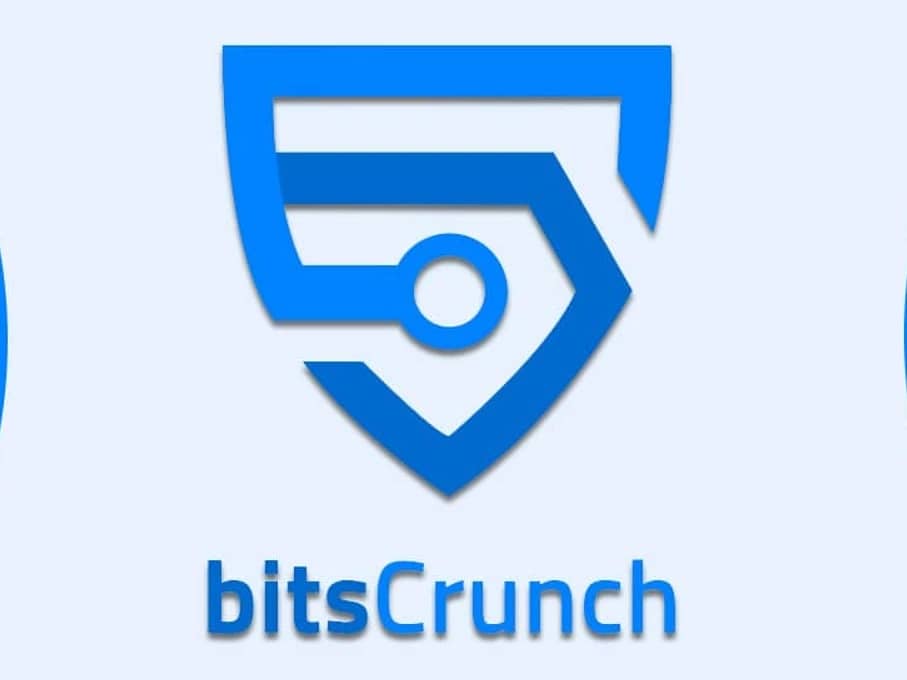bitsCrunch
bitsCrunch 是一个人工智能驱动的、去中心化的区块链数据平台,旨在使开发者能够高效地构建可靠的去中心化应用程序 (dApps)。 [1]
概述
bitsCrunch网络提供了一个去中心化的、人工智能增强的平台,用于区块链分析,提供关于NFT、钱包和跨多个区块链的数字资产的详细取证数据。它旨在通过一个单一的API简化多链集成,这对开发者可能是有益的。该网络被设计为社区驱动,鼓励旨在增强其能力的贡献。它寻求通过去中心化确保可扩展性,并通过稳定币支付实现可预测的查询成本,这可能实现精确的预算管理。 [2]
历史
bitsCrunch成立于2020年,其使命是解决区块链领域中的关键挑战,包括缺乏可靠的链上数据、NFT欺诈以及知识产权的未经授权使用。最初专注于为NFT生态系统提供分析,后来扩展到包括涵盖DeFi、游戏、代币和钱包数据的API。
2022年,bitsCrunch通过参与万事达卡的Start Path计划获得认可,合作提供安全解决方案,供非加密用户进入数字资产领域(万事达卡新闻 [14])。此次合作标志着一个重要的里程碑,展示了bitsCrunch弥合传统金融和Web3技术的能力。
2024年12月,该公司在CoinList上进行的BCUT代币社区销售成为头条新闻。此次销售在短短24分钟内筹集了385万美元,吸引了来自163个国家/地区的超过38,000名注册者(CryptoPotato报道 [15])。该事件创下了CoinList历史上最快的销售记录,并强调了全球对bitsCrunch解决方案的需求。
网络角色
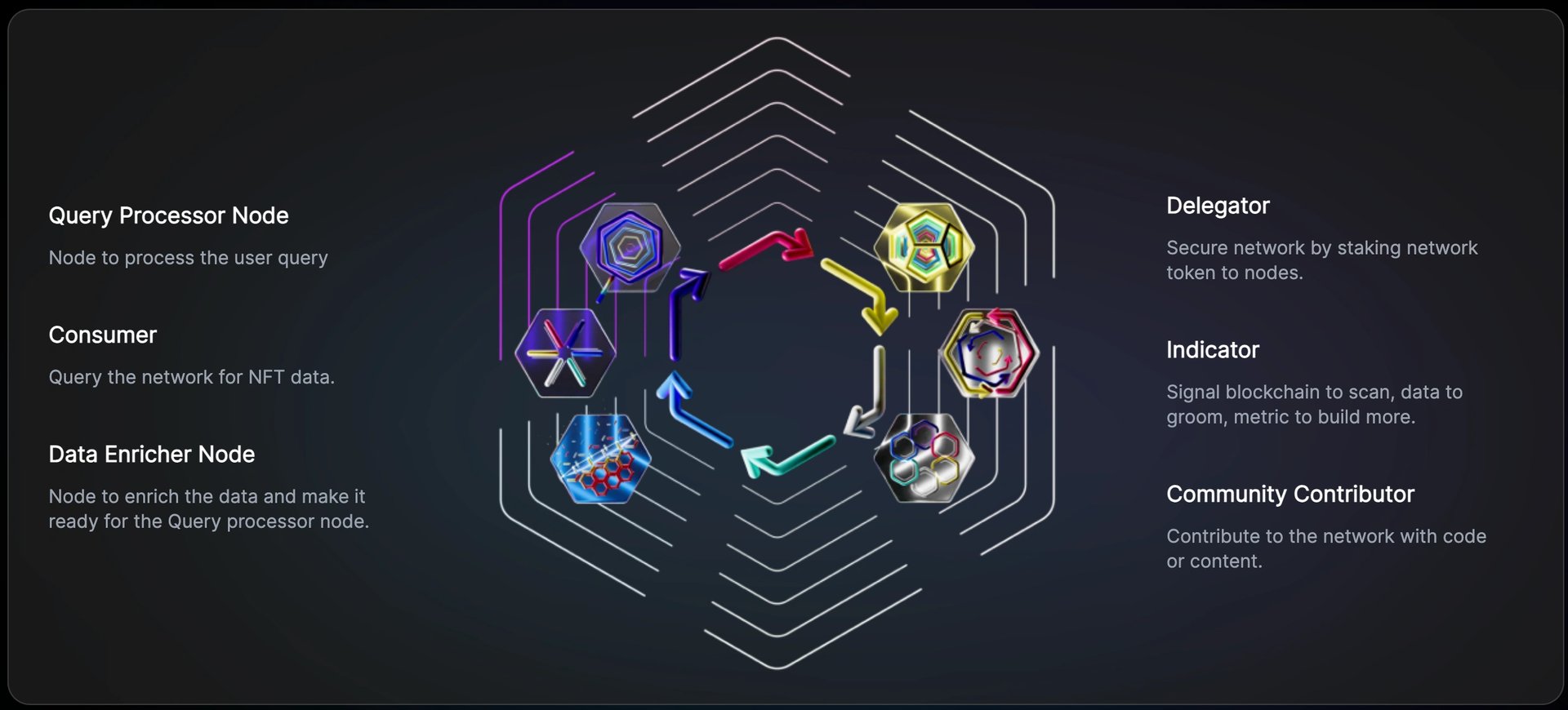
运营商
在 bitsCrunch 网络中,运营商作为节点运营商运作,最初处理查询处理服务,并计划包括数据丰富任务。他们通过查询费用和网络奖励获得补偿,这些奖励旨在根据每个运营商处理的查询量按比例分配。 [3]
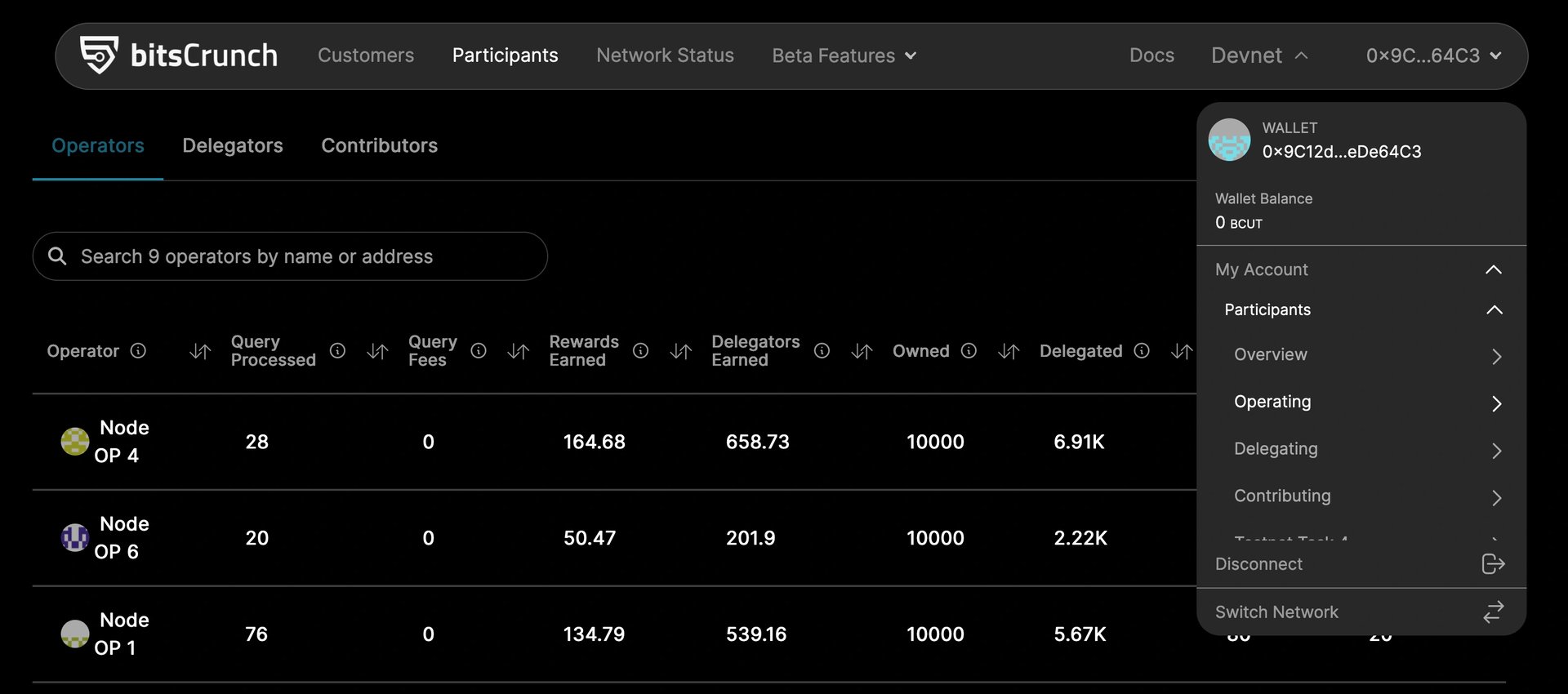
委托人
委托人是指bitsCrunch网络中的参与者,他们将BCUT代币质押给一个或多个运营商。他们的目标是在不运营节点的情况下为网络安全做出贡献。作为委托的回报,委托人旨在获得运营商的查询费用和奖励分成。 [4]
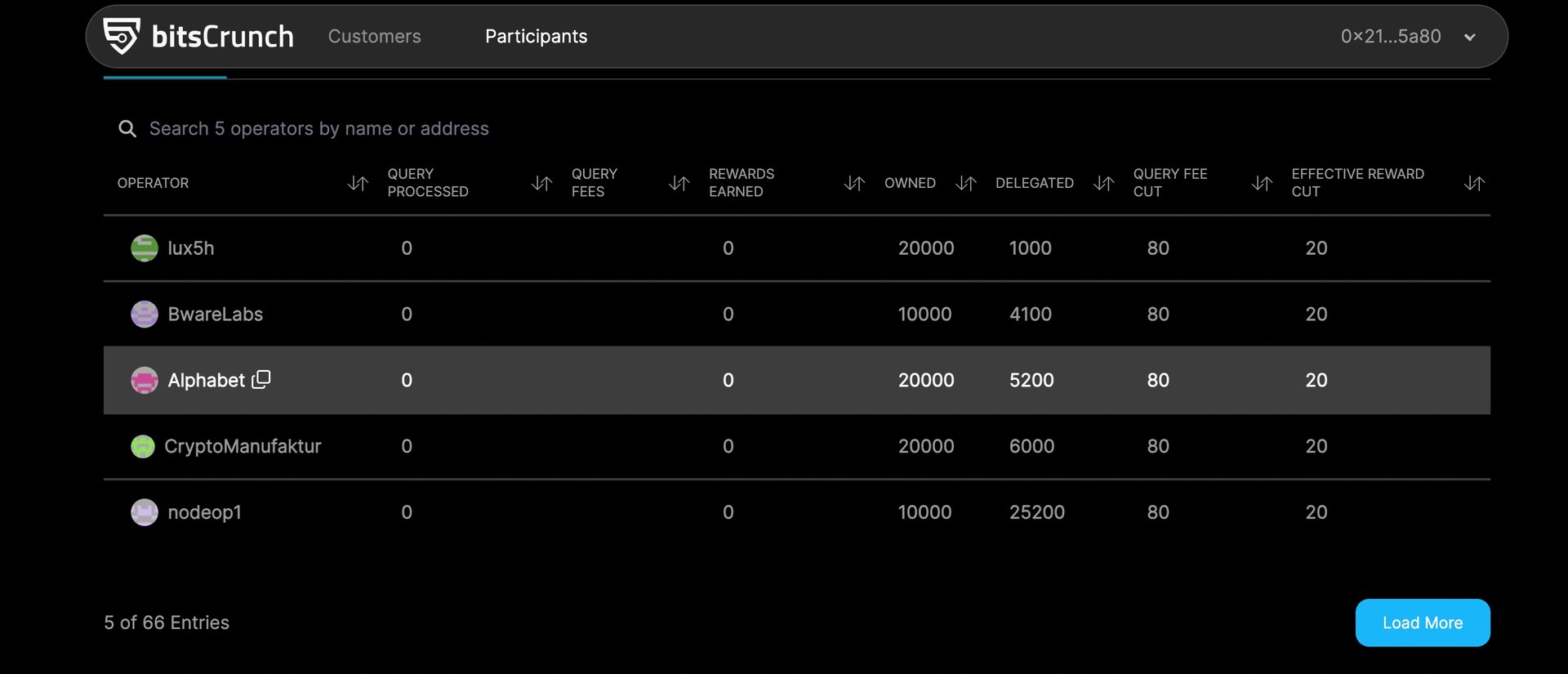
贡献者
bitsCrunch网络中的贡献者质押BCUT代币以参与各种任务,这些任务可能包括内容丰富和注释,以及提供代码、AI模型或工具等更高级的贡献。 [5]
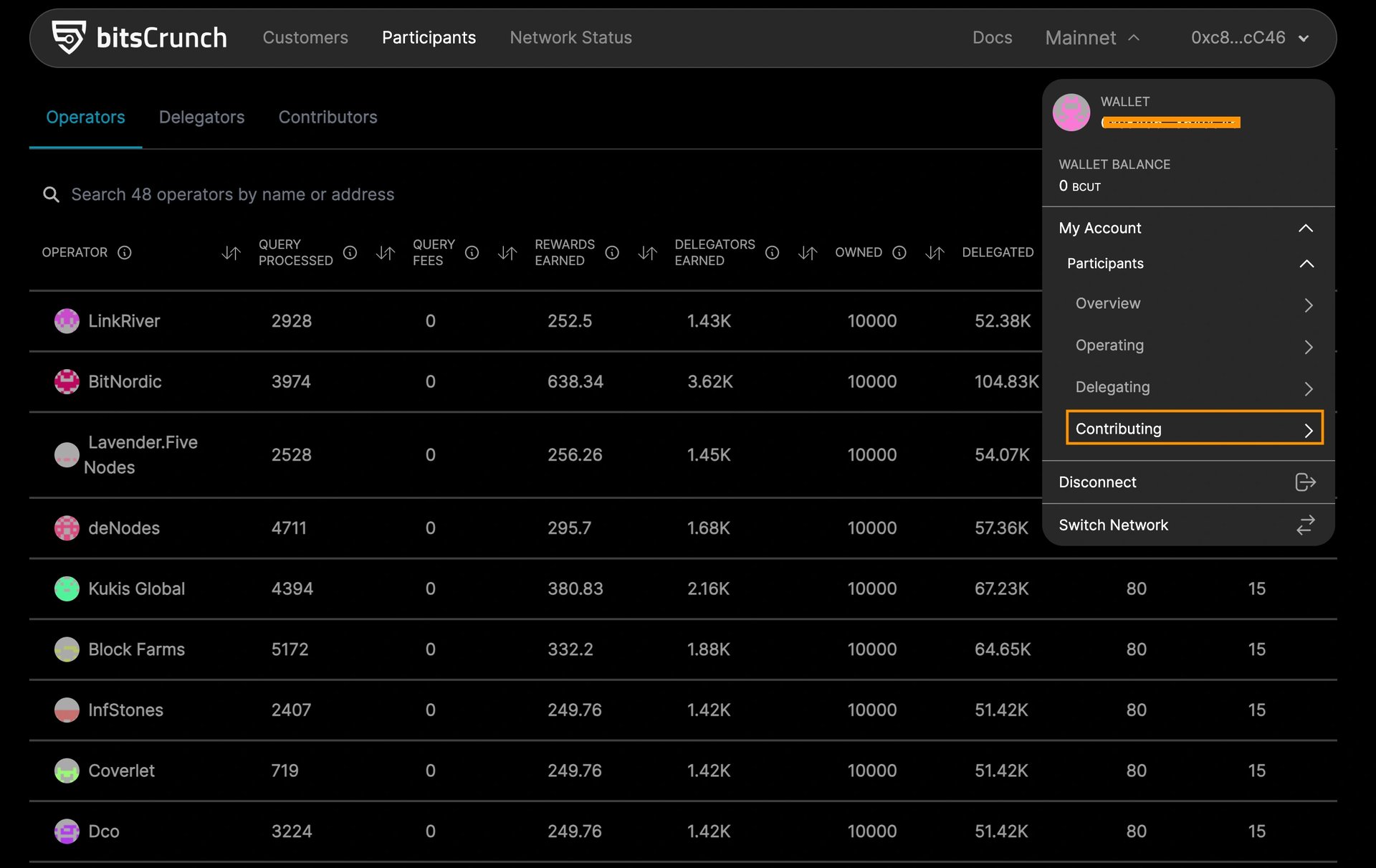
查询
用户可以通过连接加密钱包并创建账户来访问网络上的数据。通过在计费智能合约中质押 稳定币来获得凭证,代币将根据使用情况扣除。稳定币旨在帮助维持稳定的服务价格以便于预算。登录后,用户可能会收到一个带有试用版的默认计费账户以供测试。他们可以通过不同的计费账户管理多个集成或转售服务。活动记录到IPFS支持的存储中,数据哈希存储在区块链上以帮助确保完整性。计费合约从IPFS检索数据并相应地扣除用户存款。 [6]
产品
bitsCrunch 提供一套去中心化的 API 服务和分析工具,专为 Web3 生态系统设计:
UnleashNFTS

UnleashNFTs 作为一个人工智能驱动的分析和取证平台,服务于 NFT,旨在提供关于 NFT 系列、市场和更广泛市场的详细见解。它提供关于市值和交易量等关键指标的分析和统计,这可能有助于用户在 NFT 交易中做出明智的决策。该平台还跟踪和报告清洗交易——一种交易者通过反复买卖资产来人为抬高需求的做法。虽然关于 NFT 清洗交易的法规仍不明确,但 UnleashNFTs 试图区分真实和可疑的交易量。 [7]
UnleashNFTs 允许用户按交易量、市值、销售额或交易者在不同时间段(24 小时、7 天、30 天或 90 天)内探索顶级 NFT 系列。该平台包括信息图表,旨在提供由数据科学家和 UX 设计师设计的分析,以支持数据处理。它还提供市场报告,涵盖清洗交易、交易活动、NFT 市场和顶级系列中的趋势。该平台的清洗交易信息流跟踪当前水平、资产和 钱包,目标是提供技术和基本见解。这旨在通过以更易于访问的格式呈现数据来帮助用户做出明智的 NFT 购买决策。 [7]
清洗交易
清洗交易是指交易者通过反复买卖证券来人为地创造对证券的需求,这可能会抬高其价格和交易量。这种做法可能会扭曲NFT项目在NFT市场中的感知价值和交易量,从而可能影响用于评估增长和覆盖范围的市场指标的可靠性。bitsCrunch已将不同类型的清洗交易分为以下几类:[8][9]
- 模式A:这是最常见的类型,其中资产在同一组钱包之间反复交易。有时,多个钱包会协同努力进行清洗交易。
- 模式B:在这种模式中,钱包的组合主要在一个市场中交易来自不同集合的不同资产,以收集奖励。
- 模式C:这种模式涉及某些钱包遵循一致的交易模式,每周或每天都会发生销售。
bitsCrunch的清洗交易指数衡量特定区块链、市场或NFT集合中的清洗交易水平。该指数通过比较清洗交易量与非清洗交易量的百分比来计算,旨在更清楚地了解整体交易活动。该指数的范围从1(最低清洗交易活动)到100(最高清洗交易活动)。该指数旨在成为NFT生态系统中的一个指标,提供对NFT交易和翻转的见解。[8][9]
链上数据API
这些API为开发者提供了访问NFT、DeFi、游戏、代币和钱包等超过100个关键指标的权限。这些API支持以太坊、Polygon、Solana、币安智能链和Berachain等多个区块链,允许将丰富的链上数据集成到去中心化应用程序(dApps)中。
AI驱动的IP保护
该服务使用专有的人工智能算法扫描区块链网络,查找注册知识产权的未经授权使用情况。它会提醒创作者潜在的侵权行为,从而能够在去中心化空间中主动执行。
钱包和代币分析
bitsCrunch提供钱包分析、代币信誉评分和历史交易追踪。这些工具使企业和平台能够实时监控用户活动、评估风险和评估代币的表现。
游戏和DeFi分析
通过专门的API,bitsCrunch支持游戏开发者和DeFi平台进行参与度跟踪、机器人检测、收入流分析和流动性监控。
代币 ($BCUT)
BCUT是bitsCrunch网络的本地实用代币,旨在促进网络运营并维护安全。它具有关键功能,包括旨在协调参与者之间的激励,这些参与者质押代币,这可能促进协作和承诺。质押还旨在通过使恶意行为代价高昂来增强网络安全性。该代币旨在通过减少对外部加密货币的依赖来支持网络的独立性,并寻求通过治理决策来实现量身定制的经济框架。BCUT还通过在网络中进行质押,为代币持有者提供查询定价的潜在折扣。 [10]
代币经济学
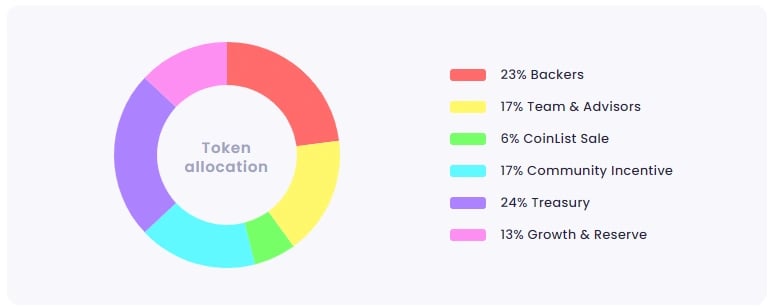
BCUT的总供应量为10亿,分配如下:[11]
合作伙伴关系
主要合作包括:
- 万事达卡 Start Path 项目: 利用 bitsCrunch 的工具来保障 NFT 安全。
- Bitpanda: 质押活动和生态系统支持计划。
- DappRadar: 在 AI 驱动的 NFT 价格估算方面的共同努力 [21]
其他值得注意的合作伙伴包括
- Chainlink
- Polygon
- CoinTelegraph
- EY
- PWC
- Unstoppable Domains
- DappRadar
- PawnFi
- Mastercard
- Now Nodes
- Forward Protocol
- Pandora
- CorPa
- Coinvise
- DappLooker
- Levitate Labs
- NFTFN
- Octavia
- Orange
- BlockPI
- SINSO
- WizBuds
- Cros
- ArchiDAO
- xHashtag
- GenShards
